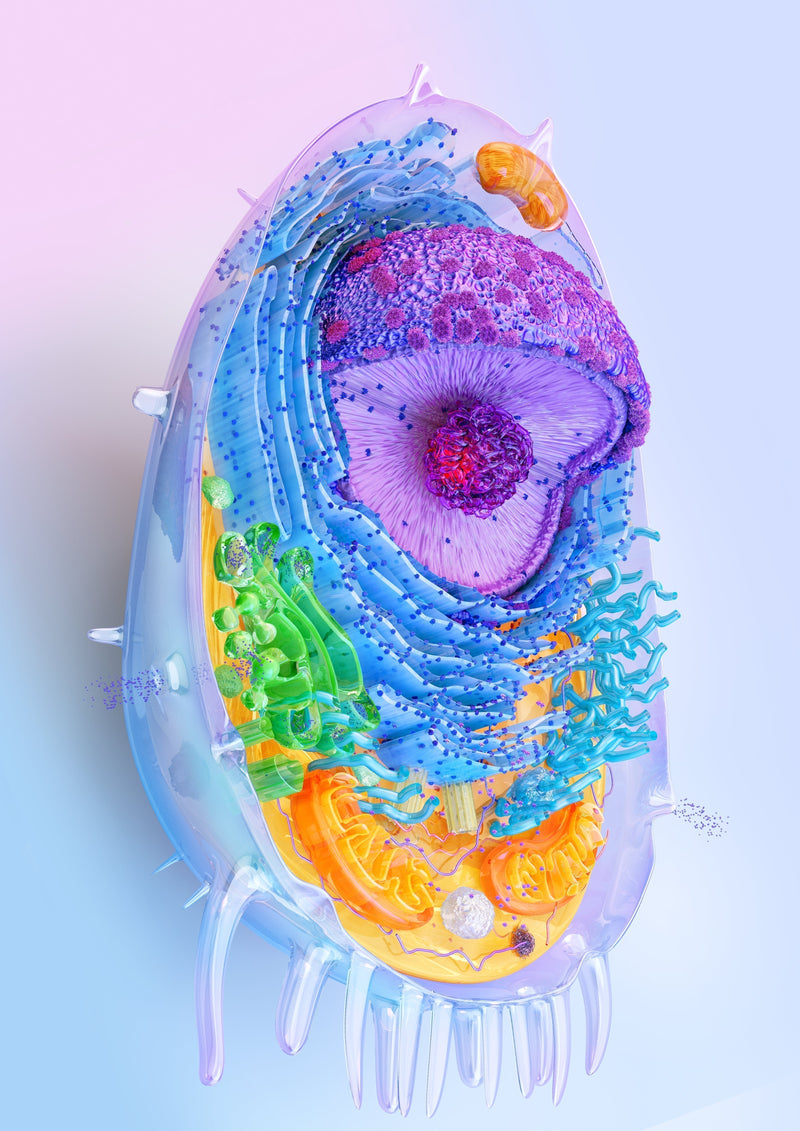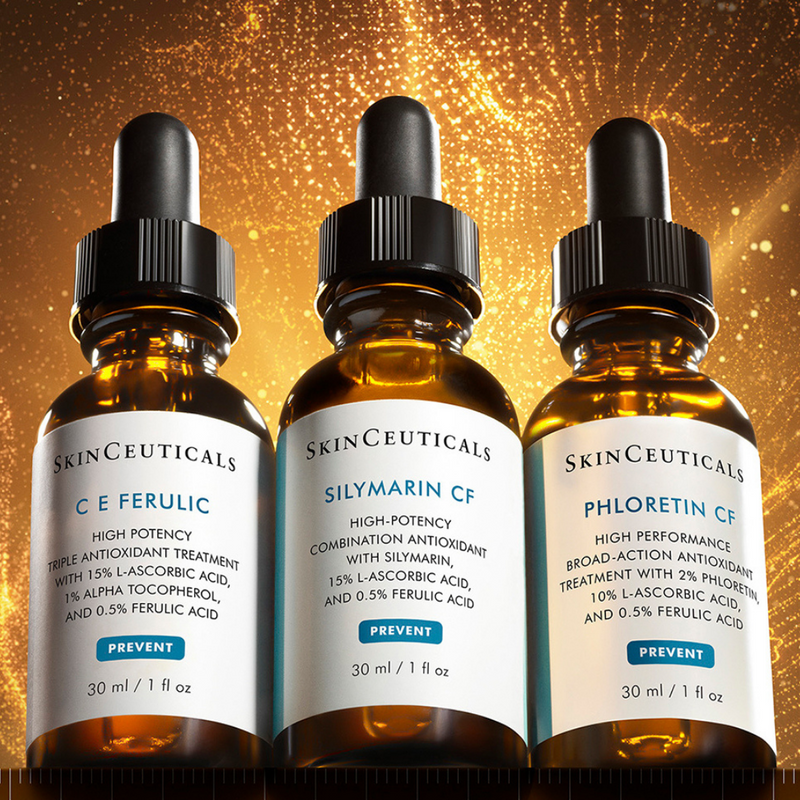It should not come as a surprise that our ancestors ate a very different diet thousands of years ago than we do today. In particular, they ate a lot more fish than the average human does now. They ate so much fish, in fact, that early humans eventually developed a dependence on the omega-3 that is found primarily in seafood—a dependence they passed on to us.
Omega-3 is a fatty acid that your body uses in all kinds of ways. It is an important component of cell membranes, and it is especially prevalent in the retina and brain. Omega-3 helps your body create prostaglandins, which are fats similar to hormones that help repair tissue damaged by injury and illness. For this reason, it helps reduce inflammation.
But that is just the beginning of what this “super fat” can do. It also benefits heart health, improves bone strength and joint health, and even helps prevent the formation of harmful blood clots—along with a host of other things.
The benefits of omega-3 for our body are hard to overstate. But unlike most fats, your body cannot manufacture omega 3. Instead, it is an “essential nutrient,” which means the only way to get it is through your diet.
But most of us are just not getting enough of this essential fatty acid in our food. While many people may not be aware of their deficiency, some people experience symptoms that can include dry and irritated skin, mild-to-moderate depression, dry eyes, and stiff or painful joints.
The Three Types of Omega-3
Omega-3 is one of the most studied nutrients out there. Because of this, scientists have long known that there are three types of omega-3 fatty acids:
1. Alpha-linolenic acid (ALA): type of omega-3 that is found in plant sources like nuts and seeds
2. Docosahexaenoic acid (DHA): found primarily in fish, this is the type of omega-3 your body utilises in cell membranes, the eyes, and the brain
3. Eicosapentaenoic acid (EPA): also found primarily in fish, this type of omega-3 is found in the body’s bloodstream
The three types of omega-3 differ in that ALA is the precursor to DHA and EPA. What this means is your body has to take any ALA in your diet and convert it into DHA/EPA in your liver. It is the DHA and EPA that your body actually needs to survive and thrive. This process is not very efficient, however, so while eating foods with ALA is a good start, the more DHA and EPA you can get in your
diet, the better.
The Incredible Benefits of Omega-3
A diet rich in omega-3 fatty acids has numerous benefits when it comes to living a healthful, vibrant life. A concise list of benefits includes:
- Depression/anxiety - people who consume omega-3 regularly are less likely to be depressed, and studies have shown that those with existing depression or anxiety often see improvements when they start taking omega-3 supplements
- Eye health - A large study of over 30,000 women found that those who consumed omega-3 from fish had a lower risk of dry eyes, and the essential nutrient is linked to a reduced risk of macular degeneration
- Heart health - ingesting omega-3 can reduce triglycerides between 15 and 30 percent, lower blood pressure, and help prevent arterial plaque
- Metabolic syndrome - omega-3 can reduce heart-disease risk factors and inflammation and improve insulin resistance in people with metabolic syndrome
- Brain health/Alzheimer’s - multiple studies have linked a higher omega-3 intake with a decrease in age-related mental decline and risk of Alzheimer’s
- Bone and joint health - omega-3 can improve bone strength by increasing the amount of calcium in your bones, and it may help manage joint stiffness and swelling from rheumatoid arthritis
Good Sources of Omega-3
It should be clear at this point how important omega-3 is for your body and your diet. Even though many of us may struggle to get enough of this essential fatty acid in our diets, thankfully it is not that difficult to increase consumption if you have a little knowledge to help you out.
I recommend eating at least two servings of wild or sustainably raised cold-water fish per week to get a sufficient amount of omega three. Some of the fish that have the highest amounts of omega-3 are:
1. Mackerel
2. Salmon
3. Anchovies and sardines
4. And if you do not like fish, don’t fear! There are other useful sources of omega-3 you can eat, such as:
5. Grass-fed beef - meat from grass-fed or sustainably raised cattle has 50 percent more omega-3 than feedlot beef
6. Pastured or omega-3 eggs - these eggs have much higher levels of the fatty acid than regular eggs because the chickens are fed ALA- or DHA-rich diets
7. Seeds - you can add a tablespoon or two of flaxseed, chia seeds, pumpkin seeds, or hemp seeds to a wide range of foods to increase omega-3 intake
8. Walnuts - add 1 ounce to your salad or yogurt for a quick and easy source of omega-3
9. It is important to remember, however, that plant-based sources of omega-3 contain hard-to-process ALA, so be sure to include other sources (fish, meat, eggs) when you can.
In addition to the above foods, you can also increase your DHA/EPA consumption by taking a quality, toxin-free, omega-3 rich fish oil supplement to ensure you are getting enough of this critically important fatty acid in your diet.
Omega-3 has a positive effect on every cell in your body.
As omega 3 has blood thinning properties, it is a good idea to check with your GP before taking if you an on medication / blood thinners etc. People using blood thinners, such as warfarin, should not take fish oil or other omega-3 fatty acid supplements because of the increased risk of bleeding.
Information credit @DRHYMAN (Mark Hyman, MD)




















































